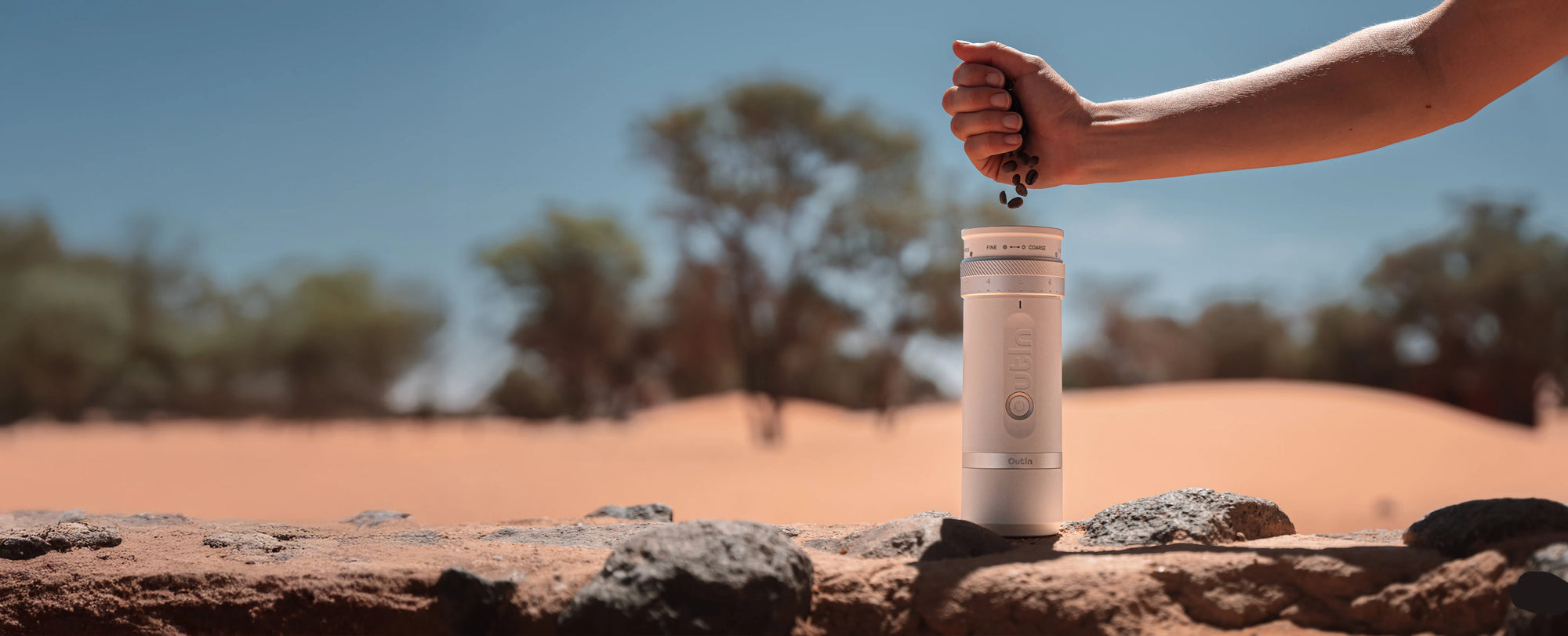Unlock the Perfect Brew: Must-Have Tools for Coffee Lovers!
For coffee enthusiasts, the journey to the perfect cup begins long before the brewing process. It starts with the coffee beans themselves, which need to be ground to unlock their full flavor and aroma. Grinding coffee beans is not just a mechanical task; it's an art form that significantly impacts the taste of your brew. The right tools can make a world of difference, ensuring that every cup is a delightful experience. In this article, we'll explore various grinding options and the essential tools that every coffee lover should consider to elevate their brewing game.

Understanding Coffee Grinding
The process of grinding coffee beans is crucial in determining the final taste of your coffee. The grind size influences how quickly the water extracts flavors during brewing. Coarse grinds are ideal for methods like French press, where longer steeping times are involved, while medium grinds work well for drip coffee makers. Fine grinds, on the other hand, are perfect for espresso machines, as they allow for quick extraction under pressure. Understanding these differences can help you tailor your grinding technique to your preferred brewing method, ensuring a consistently delicious cup every time.
Types of Coffee Grinders
When it comes to grinding coffee beans, the type of grinder you choose plays a significant role in your coffee experience. There are two main types of grinders: blade grinders and burr grinders. Blade grinders use a rotating blade to chop the beans, which can lead to inconsistent grind sizes. This inconsistency can affect the extraction process and, ultimately, the flavor of the coffee. In contrast, burr grinders crush the beans between two burrs, producing a more uniform grind. This consistency allows for better extraction and a more balanced flavor profile in your coffee. Understanding the differences between these types of grinders can help you make an informed decision based on your brewing preferences.
Blade Grinders
Blade grinders are often the go-to choice for those just starting their coffee journey. They are typically more affordable and straightforward to use, making them accessible for beginners. However, one significant drawback is their inconsistency in grind size. Since the blades chop the beans randomly, you may end up with a mix of fine and coarse particles. This can lead to uneven extraction, resulting in a less-than-ideal cup of coffee. While they are convenient, those serious about their coffee may find blade grinders lacking in performance.
Burr Grinders
Burr grinders are favored by coffee aficionados for a good reason. They offer the advantage of producing a uniform grind size, which is essential for optimal flavor extraction. There are two types of burr grinders: flat and conical. Flat burr grinders have two parallel flat surfaces that grind the beans, while conical burr grinders feature a cone-shaped burr that fits inside a ring burr. Both types provide excellent consistency, but conical burr grinders tend to be quieter and easier to clean. Investing in a burr grinder can significantly enhance your coffee brewing experience, ensuring that every cup is rich and flavorful.
Additional Grinding Tools
To further enhance your coffee grinding experience, consider investing in additional tools. A digital scale can help you measure the precise amount of coffee beans for each brew, ensuring consistency. Freshness is vital in coffee, so using airtight storage containers can help keep your beans at their best. Additionally, a cleaning brush can maintain your grinder’s performance by removing coffee residue and oils, prolonging its lifespan. These tools can elevate your coffee experience, allowing you to brew the perfect cup every time.
Choosing the Right Grinder for You
Selecting the perfect grinder involves considering your personal brewing preferences, budget, and lifestyle. If you often brew espresso, a high-quality burr grinder may be worth the investment for its precision. For occasional coffee drinkers, a more affordable blade grinder might suffice. Think about how frequently you brew coffee, the types of methods you prefer, and how much you’re willing to spend. By aligning your grinder choice with your coffee habits, you can ensure that you enjoy the best flavors in every cup.
Key Takeaways for Coffee Grinding
Investing in the right tools for grinding coffee beans is essential for unlocking the best flavors and aromas. Whether you opt for a blade grinder or a burr grinder, the quality of your grind can profoundly affect your coffee experience. By exploring your options and understanding your personal preferences, you can find the perfect tools that will elevate your coffee brewing to new heights. So take the plunge, experiment with your grind, and savor the delightful journey that is coffee.




